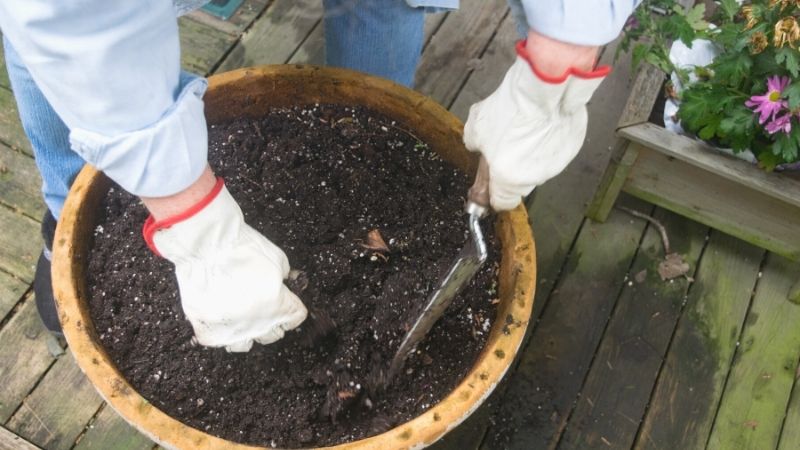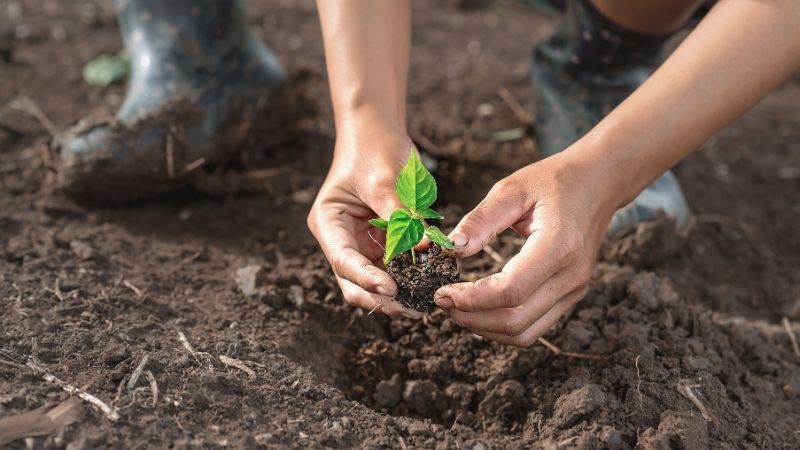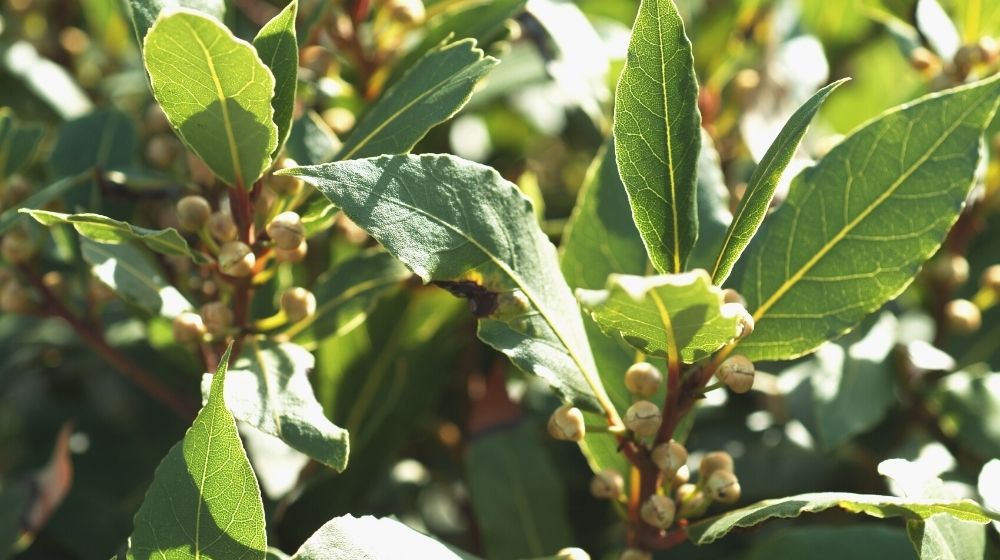Who wouldn't want to learn how to grow a bay leaf plant at home? Aside from being a great seasoning herb, nothing can beat having your fresh supply for all your cooking needs.
If you want to level up your herb gardening with these flavorful leaves, this step-by-step guide will make it easier for you!
RELATED: 21 Best Spring Herbs To Grow In Your Garden
How To Grow The Bay Leaf Plant For A Home Grown Herb Supply
Things You'll Need
- Bay leaf seeds
- Potting trays
- Potting Mix
- Garden soil
- Mulch
- Water spray
- Organic fertilizer
Step 1: Prepare the Soil Mix

Bay leaf plants will thrive in a potting mix with a pH range of 6-7. However, the herb is versatile and can tolerate and still produce well in most soil types in the pH range bracket of 4.3 to 8.3, in hardiness zones 8 through 10.
Step 2: Germinate the Seeds
Start by soaking your bay leaf seed in warm water for at least 24 hours before sowing. Make sure the starting garden soil is moist but not saturated to reduce the chances of the seeds rotting.
Put the seeds in the potting tray. Sow them at least two inches apart to allow room for root development after germination.
Lightly press down and cover the seeds with some compost or mulch and lightly spray to keep them damp. Put these in a spot with at least eight hours of sunlight every day. The soil needs to retain a temperature of 70° Fahrenheit to optimize germination.
Keep the seed trays moist at all time. The seeds will germinate anywhere between 10 days to six months, depending on the conditions.
Tip: Bay leaf seeds can take long to germinate and easily rot. This is why you should also consider growing the plant from cuttings or purchased seedling.
RELATED: 5 Herbs To Plant In Your Garden To Fight Off Flu And How To Use Them
Step 3: Transplant the Seedlings

The bay leaf plants can be grown in pots or outdoors as trees or shrubs. Whichever medium you choose, the potting mix should be more or less like the starting soil. Mix in organic matter to improve drainage.
Once the leaves have sprouted, carefully remove the seedlings from the seed trays and transplant them to your prepared bed. Only go as deep as the starting soil goes and spread out the seedlings 4 to 6 inches apart.
For pot planters, transplant three to four seedlings at the centre of the pot so they can grow their roots outwards. Pot-grown bay leaf plants will need daily bright light and regular misting to maintain the ideal humidity levels. The occasional organic fertilizer will do your plant good.
In colder climates, it is best to grow the plant in pots so you can move them inside during winter. Temperatures below 20 degrees Fahrenheit will kill it.
While bay leaf plants are disease and pest resistant, weak plants are likely to be tacked by aphids and scale. But organic pesticides are enough to resolve this and restore the plant to health.
Step 4. Repot the Bay Leaf Plant
Repot your potted bay leaf plants every two to three years. Transplant mature plants during fall for the rains to allow the plant to establish its roots. It would be best to spray it before moving to avoid transplant shock.
TIP: For a flavorful bay leaf, only harvest those that are large and mature.
Watch this video from Learn To Grow on how to propagate bay leaf from cuttings:
There you go, green thumbs! Like other plants, the bay leaf plant needs care and attention. But all this will be worth your while when you start harvesting aromatic bay leaves for your cooking needs.
Have fun growing this flavorful herb!
Which other herbs will you grow alongside your bay leaves? Let us know by leaving a comment below!
Up Next:
- Storing Seeds of The 7 Most Beneficial Garden Herbs
- 13 Essential Perennial Herbs For Easy Herb Gardening
- 21 Awesome Potting Bench Ideas You Can DIY
Calling all green thumbs, Garden Season needs YOU!
Click here if you want to write for us!
Want to stay up to date? Follow Garden Season on Facebook, Twitter, Instagram, and Pinterest.



